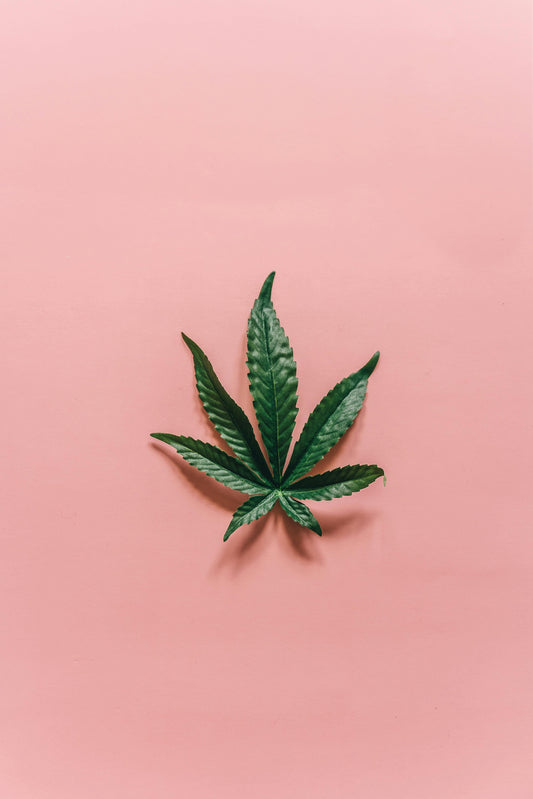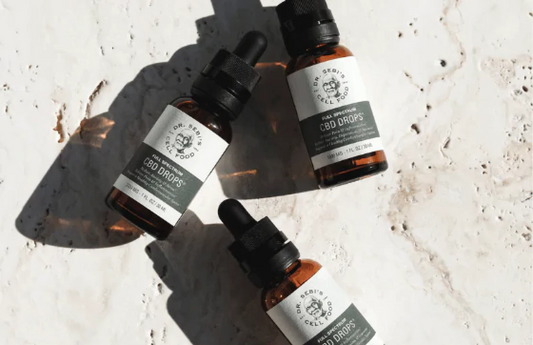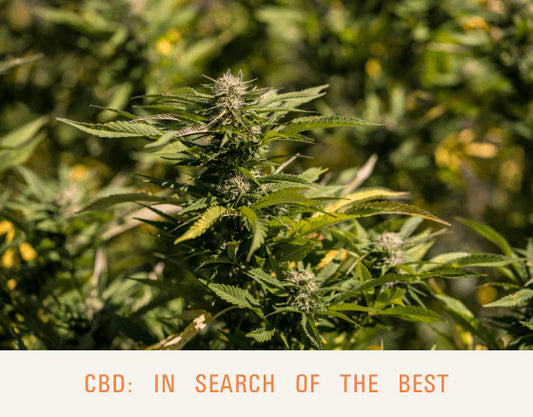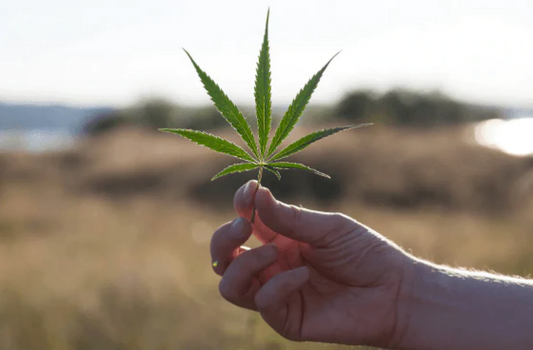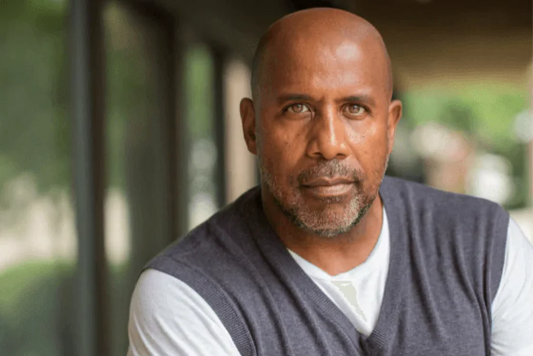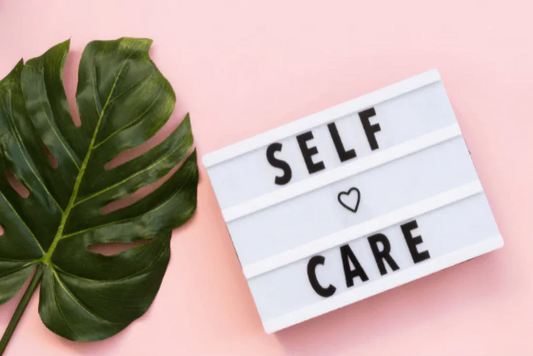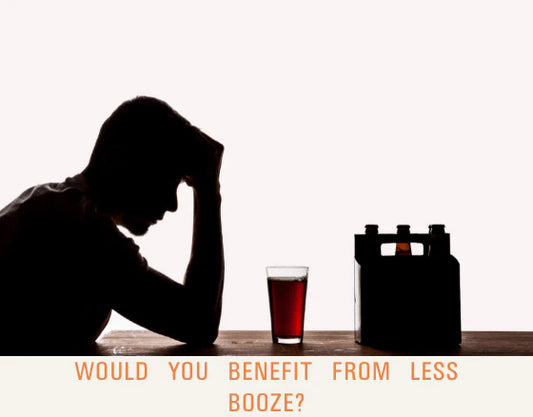Cravings are deceptively complex. They can be sudden or slow, general or specific. Linked to people, places, memories, foods or moods. Cravings prevent us from thinking clearly, and sabotage success.
Understanding craving cues will stop you feeling guilty, and help you take conscious control. Let’s discover what your cravings are trying to tell you.
Combat and control cravings for good by eliminating the imbalances that cause them. Decades of bad habits can be undone when you cleanse, energize, flush and nourish. It really is possible to Indulge Without the Bulge.
Why Can’t We Control Cravings?
We cannot control something we don’t understand. Imagine a bright red warning light appearing on the dashboard of your car. The color of the light, its location, design, icon, and the owner’s manual would help you figure out what was needed. Oil, water, fuel, brake-fluid?
Unfortunately, your body doesn’t have the same kind of dashboard.
The subtle clues are hard to decipher, and are easily muddled.
Neurological signals driven by your emotions, hormones, habits, and bacteria create a chaotic communication. It feels like all the warning lights come on at once!
If you struggle to interpret, or overcome, your desires, when it comes to food, you are not alone, most people do. Fortunately, there are hidden clues in your cravings that can help you understand what is really going on.
The Cost of Cravings
Hyper-palatable food causes cravings. Adding salt, fat, and sugar to processed food dramatically increases consumption, at the cost of your health. These additives cause ‘repeat appeal’ and it's deadly.
Fortunately, with some insider knowledge, and practical tips, you can take the power back. Discover a deeper meaning to your desires, and learn how to really reward your brain with healthy treats that press all of the same buttons.
Healthy food can drive the pleasure and reward response too, when you know how.

What’s Happening to Me?
Cravings are linked to mental pathways that reduce stress, and induce pleasure. Cravings often arise when we feel fearful, lonely, upset or unhappy and we use comforting food to regulate uncomfortable emotions.
Food stimulates the release of dopamine. No wonder we find it hard to say no. Boredom, dehydration, hormonal rhythms, and a lack of sleep also create cravings. Do you know how to tell the difference?
Curiosity will help you uncover the truth without creating a cognitive block. Conversely, being self-critical reduces connectivity between regions of the brain regulating emotions and making decisions. Guilt, shame, and a harsh inner critic will stop you from rationally evaluating your options.
Simple Steps to Stop Cravings!
With a smile on your face, and a self-loving attitude, here are the steps you need to take.
Remember to stay curious, no criticism allowed, self-acceptance makes it much easier to grow.
Step 1: Question
When you feel the urge to eat (or after you have eaten) ask yourself some questions:
- Does the desire decrease when I have a drink of water? (dehydration causes salty cravings).
- Did I sleep well last night? (lack of sleep causes sweet cravings to provide extra fuel).
- Did something upset me emotionally or cause stress? (who or what just happened?).
- Does a place, or person, trigger a memory or habit? (do you see any patterns?).
- What was the last thing I ate? (many foods trigger physical cravings).
Step 2: Reflect
Taking the time to understand (and ideally write down) your patterns helps you change them.
- What patterns do you notice?
- How are your food choices linked to your emotions?
- Are you using food to cope with stress?
- What sort of stress creates your cravings (e.g. loneliness or anxiety)?
- What other ways could you reduce stress (e.g. talking to a friend or CBD)?
- What healthy hyper-palatable foods could you enjoy instead? (e.g. Healthy Caramel Apples)
Step 3: Act
Mastering your relationship with food enhances self-discipline in all other areas of your life.
- Your brain has one set of reward pathways, controlling cravings creates emotional freedom in everything you do.
- But there is one catch.
- Many cravings are biological.
- Some are nutritional.
- No matter how much self-discipline you develop, the cravings will continue.
- Until you tackle the roots.

Remove the Roots!
To eradicate these undesirable urges, you need to set a few things straight:
- Rebalance metabolic hormones (insulin and ghrelin).
- Reduce the inflammation that impairs critical thinking.
- Re-sensitize reward pathways and neurotransmitters.
- Replace missing minerals (e.g. iron cravings are associated with chocolate).
- Re-charge mitochondrial energy reserves to enhance metabolic fitness.
- Revive the good bacteria that naturally reduce stress.
- Regulate biological cycles, and enhance nutrient availability.
Dr. Sebi dedicated his life to developing compounds that tackle these roots.
Food control, and craving management, are just two of the rewards you receive when you are: well-nourished, naturally energized, and cleansed at a cellular level.
Removing the real roots of food cravings will reduce stress, and improve your mood, helping you develop healthy and enjoyable ways to balance your life emotionally, and practically, while enjoying your food.
Let nature nurture your needs with four herbal compounds designed to eradicate cravings for good.
Food should be a pleasure, not an addiction. Indulge Without the Bulge.


